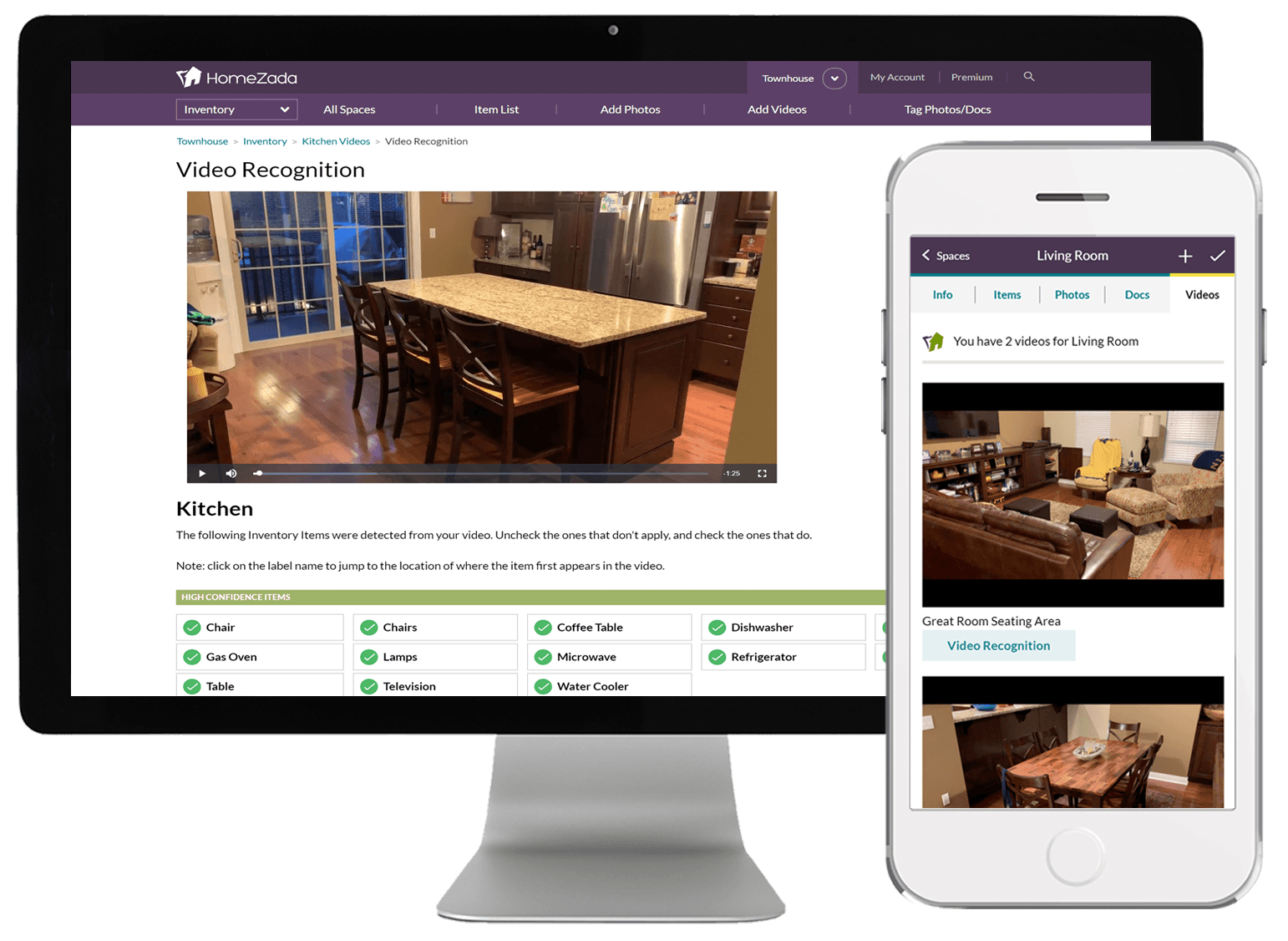

The following example shows the Oracle home property file: $ORACLE_HOME/inventory/ContentsXML/oraclehomeproperties.xml The information in oraclehomeproperties.xml overrides the information in inventory.xml. The patching and patchset application depends on this ID.ĪRU ID DESCRIPTION - Platform description GUID - Unique global ID for the Oracle homeĪRU ID - Unique platform ID. This file also contains the following information: In a shared Oracle home, the local node information is not present. This file contains the details about the node list, the local node name, and the Oracle Clusterware flag for the Oracle home.
#HOME INVENTORY SOFTWARE MANAGED MULTIPLE HOMES CODE#
The following code shows a sample inventory.xml file: This file is present in the following location: It can only detect removed Oracle homes created using Oracle Universal Installer version 11.2 and later. It also mentions if the home is an Oracle Clusterware home or a removed Oracle home. For each Oracle home, it also lists the Oracle home name, home index, and nodes on which the home is installed. This file lists all the Oracle homes installed on the node. If the parent directory of the Oracle home is writable, these directories are created in the parent directory of the Oracle home. If ORACLE_BASE has not been specified, the default is the $ORACLE_HOME/oradata directory. If not, the oradata, flash_recovery_area, admin, and doc directories are created under ORACLE_BASE. The instance-related directory location is accepted first from the response file, if specified. For example, the ORACLE_HOME path could be $HOME/product/11.2.0/Db_1. Where is the short product name for example, "Db", and is picked up based on the existence of the files. If ORACLE_BASE has not been specified in the environment: If ORACLE_BASE has been specified in the environment:įor example: $ORACLE_BASE/product/11.2.0/Db_1. If neither is specified, the following conventions are used for the path:

If not, the ORACLE_HOME environment variable is used. The ORACLE_HOME path is taken first from the command line if specified, or else from the response file if specified. For example, the ORACLE_HOME name could be OraDb11g_1. Where is the short product marketing name as specified in the oraparam.ini file for example, "Db11g", and is a counter derived from the Central Inventory. Typically, the following convention is used for the name: If not specified, the value of DEFAULT_ORACLE_HOME_NAME in oraparam.ini is examined. In all cases, the ORACLE_HOME name is taken first from the command line if it is specified, or else from the response file if specified. Because installation owner names are used by default for some paths, this ASCII character restriction applies to user names, file names, and directory names.īy default, when you start Oracle Universal Installer, the software searches your system to determine the default Oracle home where Oracle software should be installed. If the Oracle base path is /u01/app/oracle, then by default, OUI creates the following Oracle home path:Įnsure that the paths you select for Oracle software, such as Oracle home paths and the Oracle base path, use only ASCII characters. Oracle Universal Installer (OUI) creates other necessary paths and environment variables in accordance with the Optimal Flexible Architecture (OFA) rules for well-structured Oracle software environments.įor example, with Oracle Database 11g, Oracle recommends that you do not set an Oracle home environment variable allow OUI to create it instead. To prepare for installation, Oracle recommends that you only set the ORACLE_BASE environment variable to define paths for Oracle binaries and configuration files. Typically, an Oracle base path for the database is created during Oracle Grid Infrastructure installation. During installation, you are prompted for the Oracle base path. The Oracle base location is the location where Oracle Database binaries are stored.


 0 kommentar(er)
0 kommentar(er)
